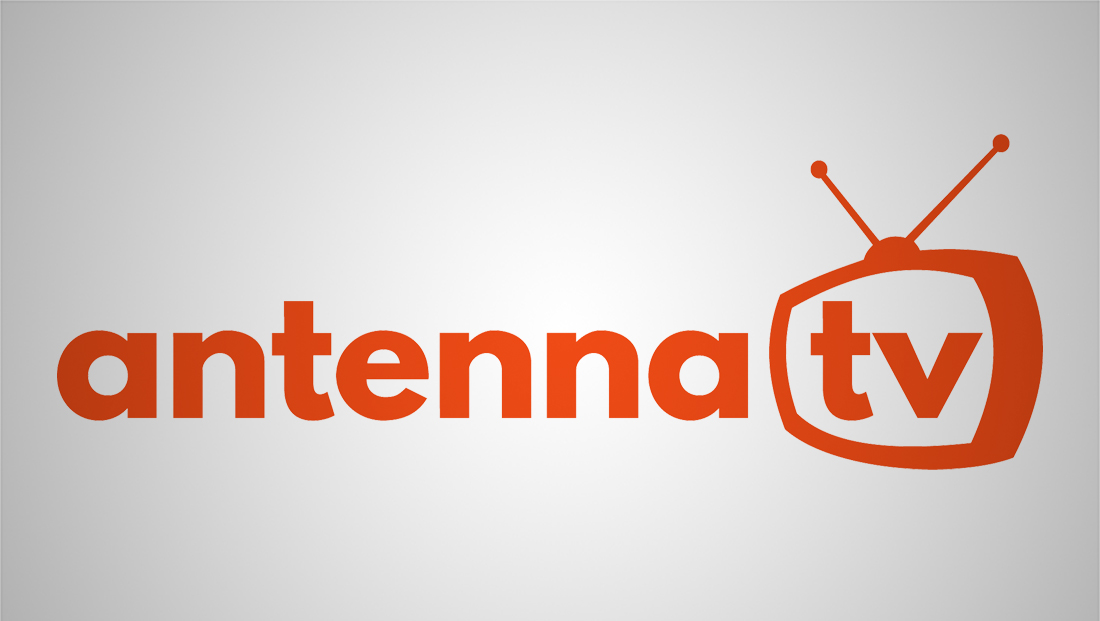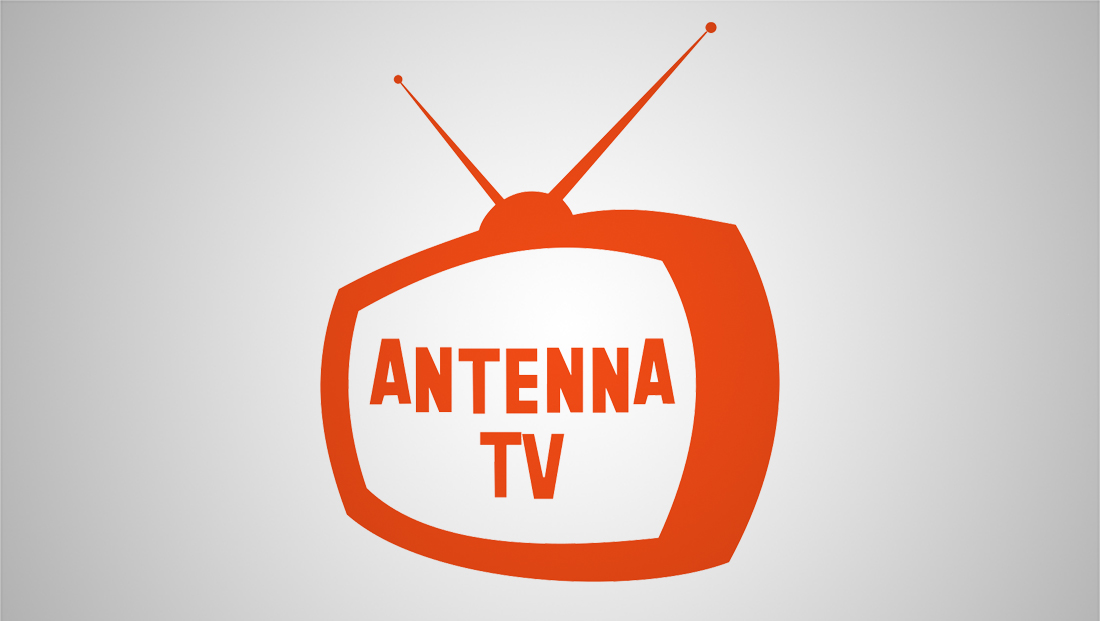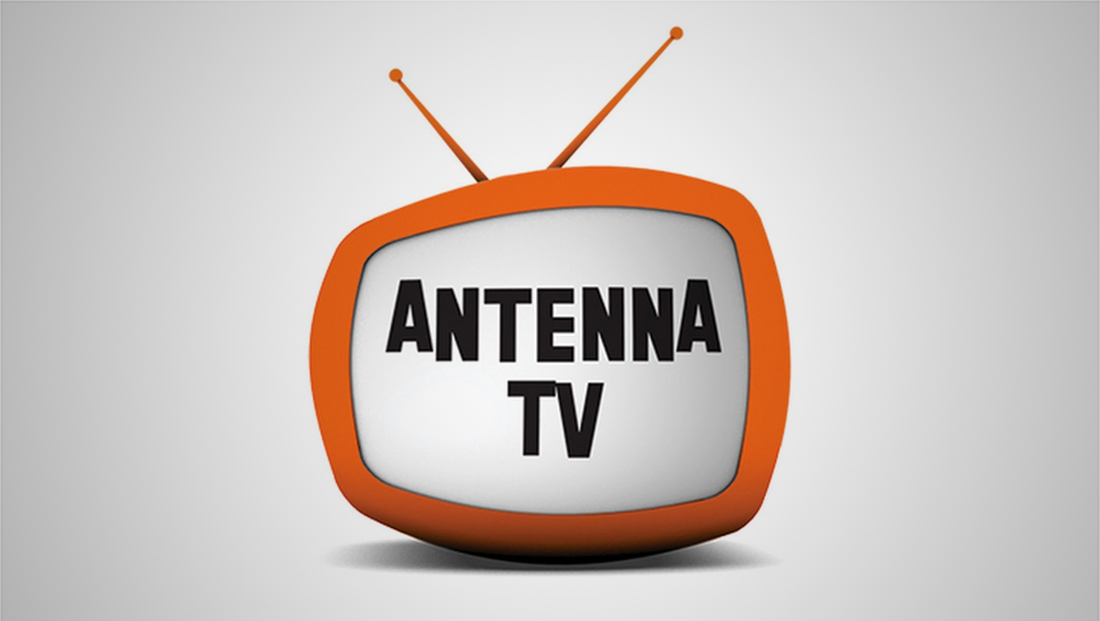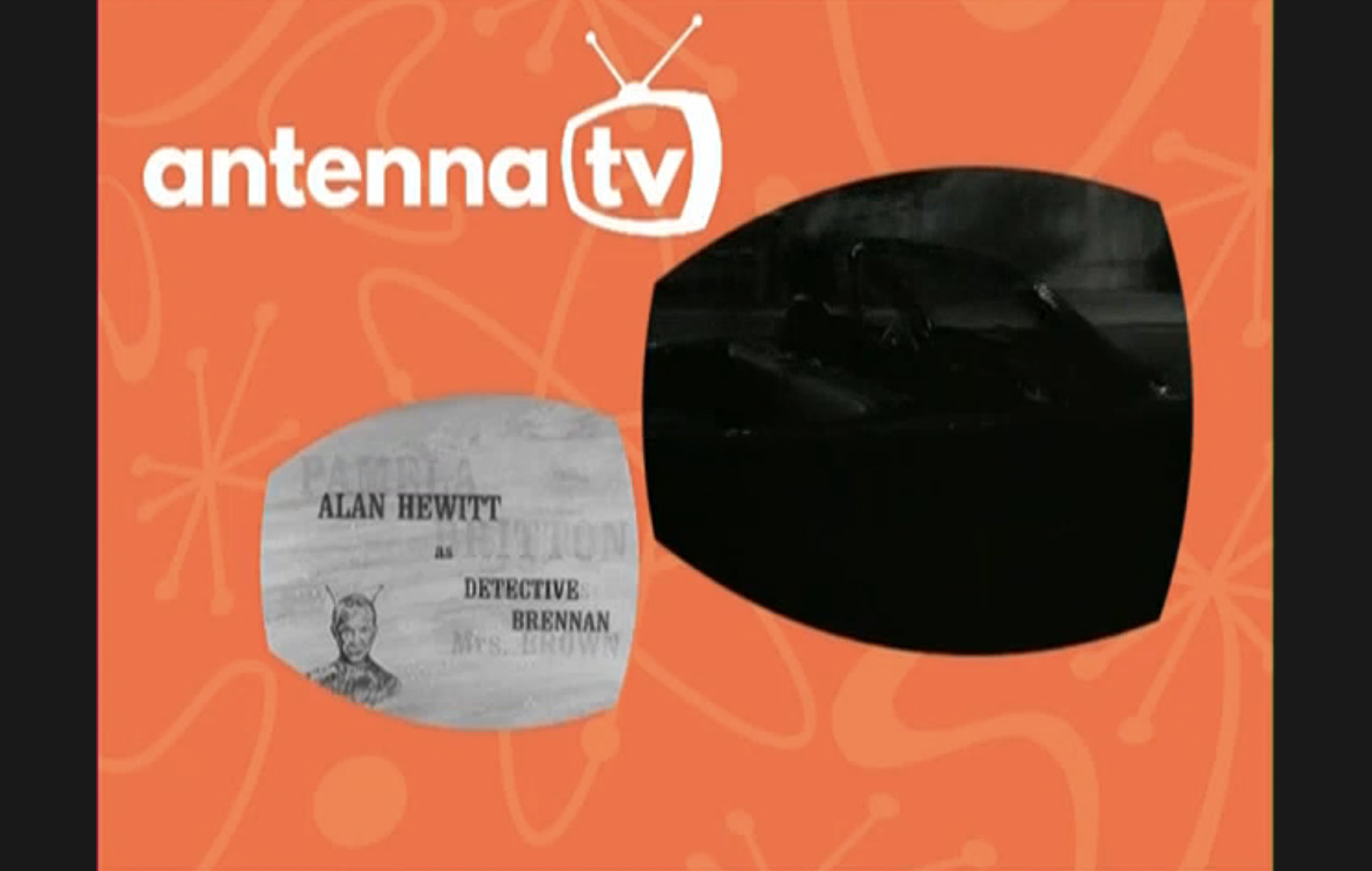Antenna TV changes frequencies for updated logo design

Subscribe to NCS for the latest news, project case studies and product announcements in broadcast technology, creative design and engineering delivered to your inbox.
Nexstar-owned digital television network Antenna TV has a new logo design and on-air package from Elevation.
The new look, unveiled June 13, 2022, switches the logotype to a bold, sans serif typeface while also putting less emphasis on the warped, cartoon-ish illustration of an old-fashioned TV set with the network’s namesake equipment atop.

Previously, the logo used the TV illustration as a container for its typography, which was set in an all-caps, bold and narrow typeface that was staggered.
In recent years, the network started using a simplified, flatter look in a distinct shade of orange, which remains in the new design, but in the past the logo was shown with a more 3D-look.

In the new design, only “TV” sits inside of the TV icon. The positioning ends up being slightly odd because the illustration’s negative space is higher on the right, whereas, in lowercase letters, “tv” is higher on the left.
The curved part of the lowercase “a”s, meanwhile, have extends just below the baseline and just above the X-height, giving it a slight bulging effect that echoes the TV illustration’s shape.
The choice to use a wide typeface (that, in the case of all but one letter, uses a lot of horizontal space) results in the entire lockup being quite wide.
While this works well in some instances, in today’s app-driven world that tends to favor the notion of square, icon-like aspect ratios to many on-screen interactive guides and digital platforms, the result is often a tiny, illegible logo.
As an alternative, Nexstar uses the TV icon and the letter “TV” as a standalone element, such as in its website favicon. In this application, the icon can read, literally and symbolically, from top to bottom, as the full name of the channel. However, it does not appear to have been supplied that way to at least some of the major paid television services.

The network also updated its limited on-air branding, which is perhaps most prominently represented by the “squeeze” credits layout the network uses to show the credits of the show that just aired while getting a jump-start on the next episode.
Antenna TV uses the somewhat unique approach of using the shape suggested by its TV icon as dueling frames for the credit and next show, with the one starting getting a larger amount of on-screen space.
This approach, which is common throughout television, can often be used to effectively reduce a program’s overall runtime slightly by, quite literally, airing two shows at once briefly, thus allowing for a possible additional commercial, maximizing the revenue per block.
In most cases networks are required to air any additional credits, typically listing the full cast and crew, that do not appear within the show itself. Through a loophole of sorts, this does not necessarily mean the credits have to be super-legible, resulting in on-screen credits being shrunk, morphed or sped up to the point of hilarity.
Broadcast networks will often insert these credits in a smaller portion of the screen that allows them to air a promo or tease that takes up most of the screen but typically re-set the typography, often designed to match the network’s current branding in terms of typeface, backgrounds and colors.
Antenna TV was originally launched in 2010 by Tribune Broadcasting as part of an influx of digital offerings that were frequently carried on over the air digital subchannels of then Tribune-owned stations but also licensed to other stations.
The network carries a variety of repeats of classic TV series from the 1950s to 1990s.
Nexstar acquired the network, along with sister offering Rewind TV, which focuses on the 1980s to early 2000s, when it bought Tribune’s broadcasting assets in 2019.
Nexstar also owns the network known as WGN America under Tribune ownership and the years immediately thereafter, when it was rebranded as NewsNation in 2021. Despite its name, the network fills much of its dayside programming with reruns of a network shows from more recent years, though mornings, early evening, evenings and overnights are filled with original news and analysis programming.
Some industry watchers believe the network will eventually become a 24 hour news and analysis offering.
Subscribe to NCS for the latest news, project case studies and product announcements in broadcast technology, creative design and engineering delivered to your inbox.





tags
Antenna TV, Elevation, logo design, Nexstar Media Group
categories
Branding, Broadcast Design, Broadcast Industry News, Featured, Networks